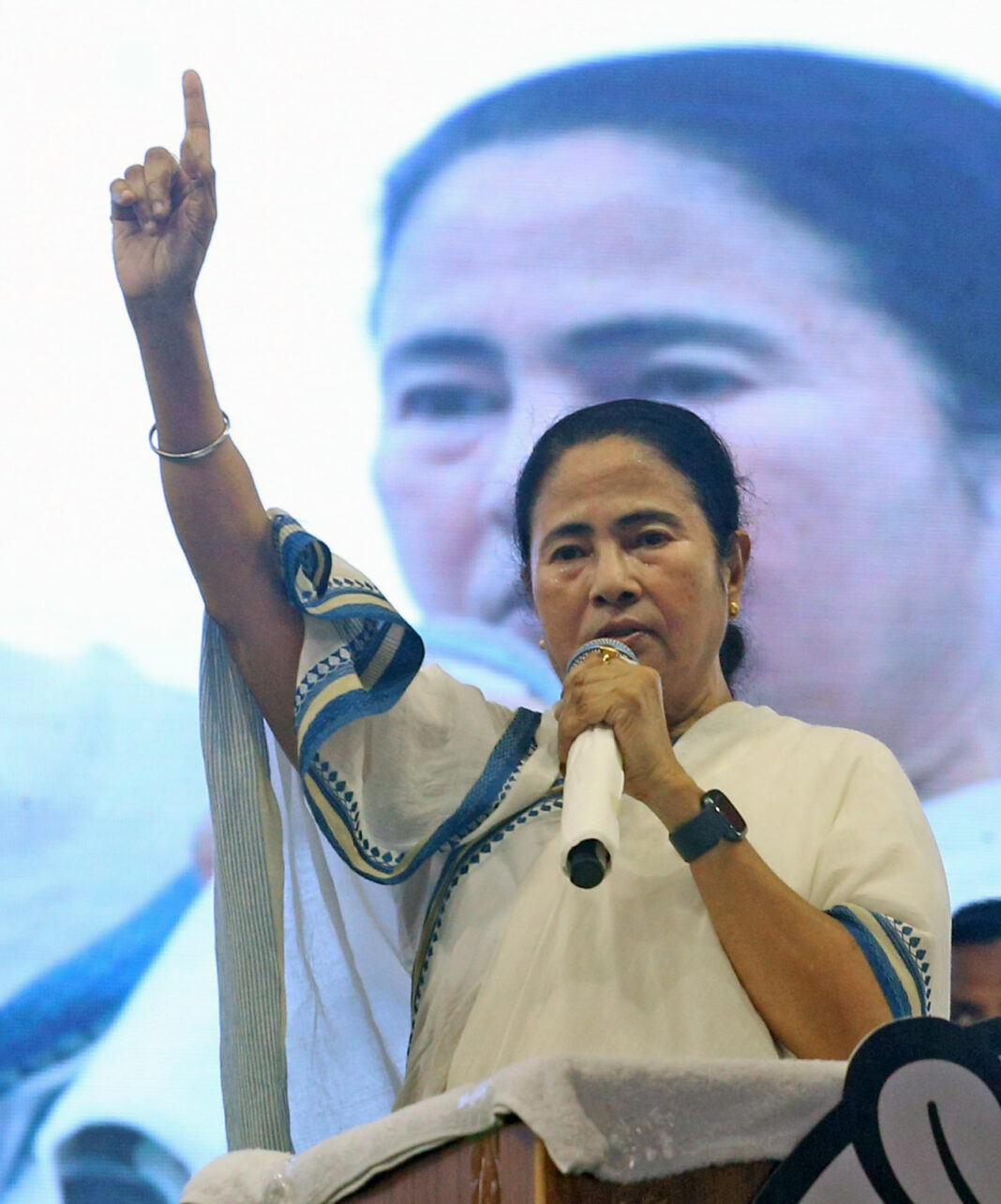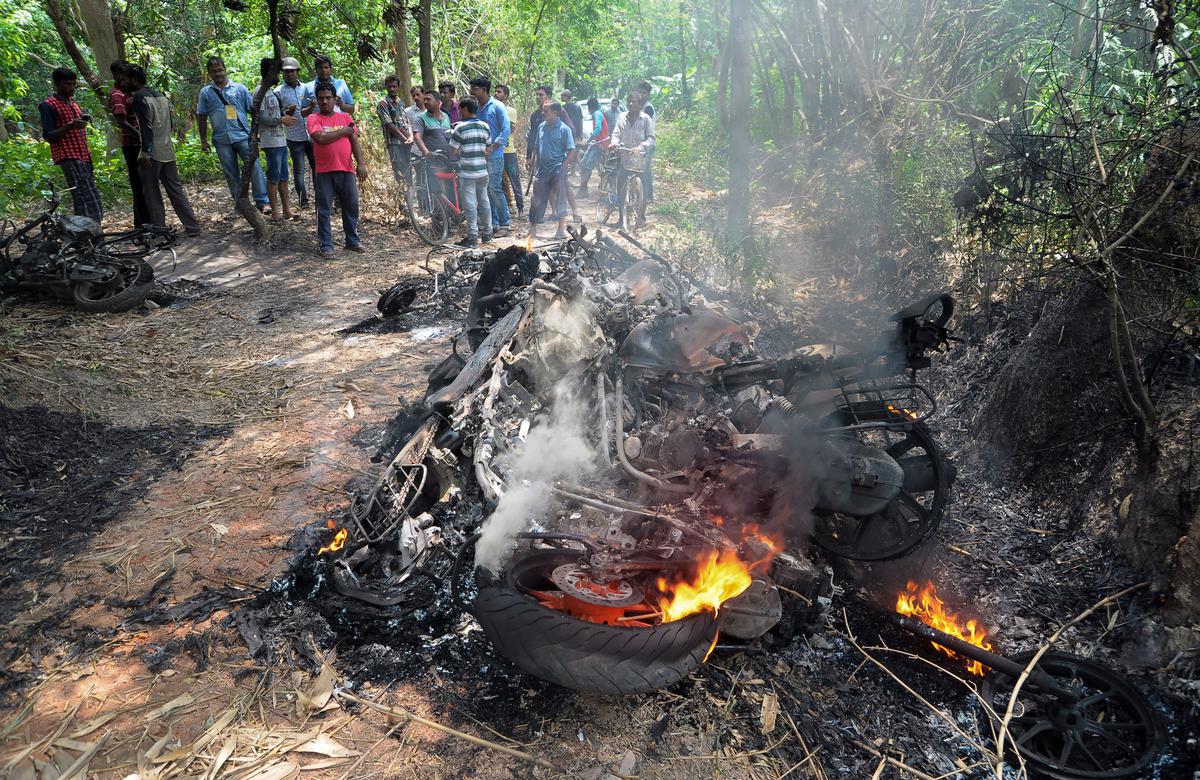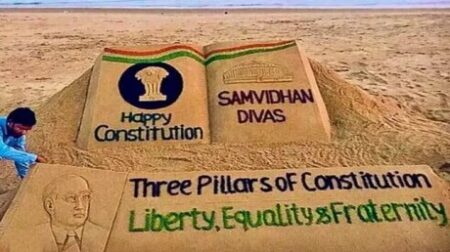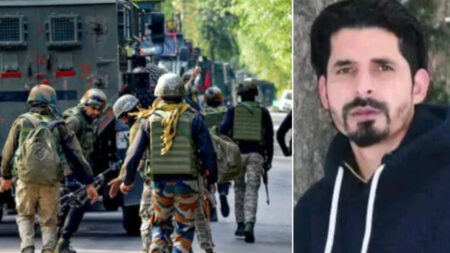2003 Panchayat Polls witnessed 70 deaths during political violence, 36 were killed in 2008 and 39 in 2013 – the figures of death are not from a confidential government report but from Banerjee’s speech.

Image Source: ANI
Disproving the idea of employing central forces during Panchayat Polls, the WB chief minister was heard quoting the “violent past” during different regimes.
“Central forces were deployed in the 2013 panchayat polls. How many people died? 39. During the Left rule, in 2003, around 70 people were killed in panchayat polls and in 2008 panchayat polls, around 36 people were killed,” said Banerjee, while addressing a public meeting in South24 Paraganas’ Kakdwip.
The statistics on deaths during panchayat elections over 20 years summarize the scope of political violence and its propensity to escalate. Political specialists claim that the chief minister’s address, in which he compared mortality statistics with those from prior regimes, appeared to excuse the violence this year and “normalize” violence as an “instrument to win” elections.
Mamta continued, “In Bhangar, some goondas (hooligans) created havoc. This is about the violence in the district of Bhangar. There is no place for the Trinamool Congress (TMC) in this. In actuality, two people at my party died.
Violence Remains in West Bengal
Over the past 42 years, no election in West Bengal has been free of violence, not even panchayat or municipal elections, let alone assembly or Lok Sabha elections. Images and videos of people throwing “homemade” explosives, shooting people with improvised weapons, killing people, and setting fire to things always make headlines in the media and on social media. Violence persists despite changes in the political parties in power and the opposition.

Image Source: The Hindu
Before 2011, the violence was predominantly between the Communist Party of India (Marxist) and Congress, then it became between BJP and Trinamool Congress (TMC), today the faces have changed into Indian Secular Front (ISF) and TMC, during the Bhanagar clash, one ISF and two TMC workers were killed.
Is Normalization a tool to deny responsibility?
When Bhangar was experiencing violence on Wednesday, a veteran Trinamool MP told reporters, “I have seen that one guy has been murdered during the altercation. This cannot be considered a broader act of violence, only a random event. In the days that followed, two to three people were killed.
According to the election results, 34% of the state’s panchayat seats were vacant in 2018. Twelve individuals were slain on election day, although DGP Surajit Kar Purakayastha stated at a press conference in Nabanna that only six of those killings were related to the polls.
“The logic of violence spirals out of control. The most terrible aspect is the denial. By comparing statistics with other regimes, senior politicians, including the chief ministers, have always attempted to normalize election violence. They seem to use controversial tactics to influence people. They are frequently overheard instructing their cadre to fight back against the police and the government’s forces. Nobody commands the cadres to be calm. Impunity results from this said prominent political expert Prof. Das.
According to Maidul Islam, a political scientist at the Centre for Studies in Social Sciences, the basis for any political party to win more significant elections is panchayats. The panchayats’ programmes and cash flow are dependent on the villagers, especially the rural cadres. For any party in the state, acquiring control of the panchayats is essential.












